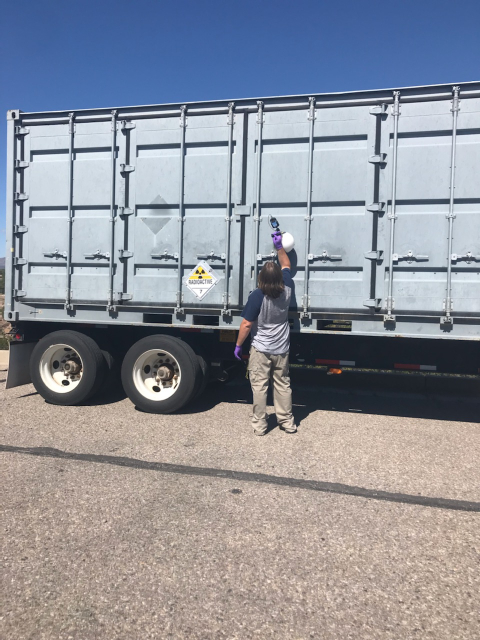
The EM Los Alamos Field Office (EM-LA) and cleanup contractor Newport News Nuclear BWXT-Los Alamos (N3B) recently completed their 30th shipment of transuranic (TRU) waste for the fiscal year that began in October last year.
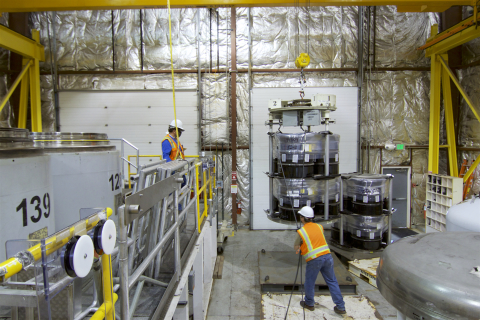
More than 2,200 drums containing Cold War weapons waste at the Idaho National Laboratory (INL) Site recently received the green light for certification to be shipped out of state in compliance with the 1995 Idaho Settlement Agreement.
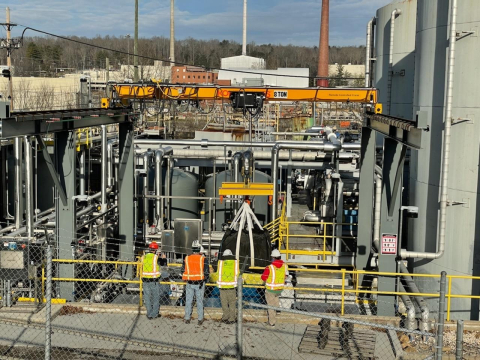
An aging EM-managed system designed to treat liquid and gaseous waste streams from EM operations and Oak Ridge National Laboratory (ORNL) research and operating facilities is undergoing extensive upgrades designed to extend its life.
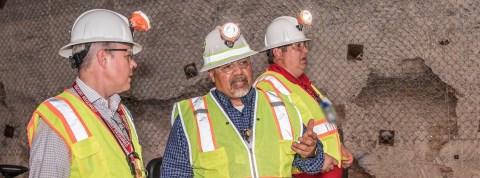
EM Acting Assistant Secretary William "Ike" White traveled to the Waste Isolation Pilot Plant (WIPP) recently to tour the site and learn about the progress the facility has made since his last visit in 2019.
Construction is almost complete on a dry-storage area for 1,936 radioactive cesium and strontium capsules currently housed in an underwater basin at the nearby Waste Encapsulation and Storage Facility (WESF) at the Hanford Site.
EM’s Waste Isolation Pilot Plant (WIPP) recently marked a milestone after receiving its 100th waste shipment from Oak Ridge, Tennessee since shipments resumed in August 2017, following a fire and radiological events in the WIPP underground in 2014.
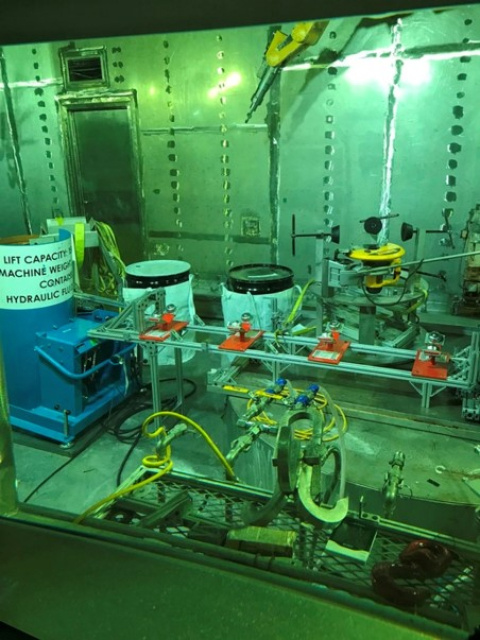
EM’s use of repurposed, Cold War-era hot cells at the Idaho National Laboratory (INL) Site continues to pay big dividends by allowing workers to address some of the most challenging waste types at the Idaho Cleanup Project.
EM’s Richland Operations Office and contractor Central Plateau Cleanup Company have safely packaged and shipped the first engineered container of highly contaminated filter media from the K West Reactor spent fuel storage basin to T Plant.

Successful collaborations have fueled EM’s progress over the past 18 months, enabling a series of achievements while emphasizing health and safety protections during the COVID-19 pandemic.

EM workers have placed the first drum inside a new facility at the Savannah River Site (SRS) to support the interim storage, characterization, and shipment of plutonium for permanent disposal.

